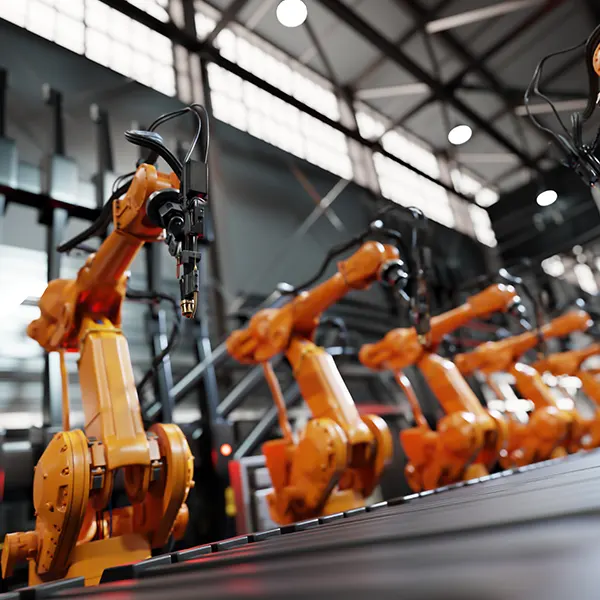

Automated QA testing runs alongside the software development lifecycle and includes the stages below:


A WMS comprises processes and software to manage business inventories and supply chain fulfilment operations. Warehouse management software allows businesses to respond quickly to fulfilment needs in today’s omni-channel and dynamic economy


Often part of a more extensive supply chain management system, a TMS leverages technologies that help businesses streamline the shipping process. It includes transportation solutions that enable shippers to automate freight movement, saving time, reducing costs, and improving efficiency.


One of the biggest challenges e-commerce platforms face is receiving, tracking, and fulfilling orders across multiple sales channels. OMS solutions simplify order and inventory management, sales tracking, and fulfilment across all points of sale, including physical stores and online platforms.


MES are software solutions that provide visibility into the manufacturing process. These solutions ensure the systematic and proactive enforcement of quality and e ciency by connecting manufacturing activities across distributed facilities. It offers real-time quality checks, traceability, and yield monitoring for higher productivity and optimal performance.


Automation in logistics mitigates manual errors that often lead to delayed shipping, damaged products, and wrong deliveries.


Automation technologies allow access to information that can be used to run reports, conduct analyses, and make better business decisions.


Automation technologies ensure 24/7 and instant front-line customer services ranging from real-time tracking to complaint resolution.


Automation technologies are scalable, reduce human labour, and enhance operational speed.


By employing multiple logistic process automation systems such as MES, WMS, TMS, and OMS, companies can integrate the entire supply chain. It leads to reduced overall costs and increased productivity.
Internet of Things (IoT) and big data solutions such as sensors, beacons, GPS, data analytics, management, and visualisation tools allow efficient asset management. Drone-based deliveries, automated inventory, and vehicle and people tracking are some of the most successful applications of IoT in logistics.
The use of artificial intelligence (AI) in supply chain operations is forecasted to reach a valuation of US$ 14.3 billion by 2028. The widespread applications of AI in logistics include chatbots, demand forecasting, automated shipment scheduling, and tracking. Along with AI, Robotic Process Automation (RPA) can automate everyday back-end operations such as scheduling deliveries, tracking, updating customer information, etc.
Automated invoice data capturing such as Optical Character Recognition (OCR) can help logistics firms scale by eliminating manual data extraction procedures. Machine learning-powered data capture technologies save time and money while enabling scalability.
Cloud-based tools are another blessing to the logistics industry. For instance, cloud software integrates automation into the supply chain by checking errors in automated tasks through one-click authorisations and reminders. Moreover, cloud solutions provide reliable data backup and allow inventory and supply tracking across multiple operation sites.
| Cookie | Duration | Description |
|---|---|---|
| cookielawinfo-checkbox-analytics | 11 months | This cookie is set by GDPR Cookie Consent plugin. The cookie is used to store the user consent for the cookies in the category "Analytics". |
| cookielawinfo-checkbox-functional | 11 months | The cookie is set by GDPR cookie consent to record the user consent for the cookies in the category "Functional". |
| cookielawinfo-checkbox-necessary | 11 months | This cookie is set by GDPR Cookie Consent plugin. The cookies is used to store the user consent for the cookies in the category "Necessary". |
| cookielawinfo-checkbox-others | 11 months | This cookie is set by GDPR Cookie Consent plugin. The cookie is used to store the user consent for the cookies in the category "Other. |
| cookielawinfo-checkbox-performance | 11 months | This cookie is set by GDPR Cookie Consent plugin. The cookie is used to store the user consent for the cookies in the category "Performance". |
| viewed_cookie_policy | 11 months | The cookie is set by the GDPR Cookie Consent plugin and is used to store whether or not user has consented to the use of cookies. It does not store any personal data. |
